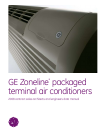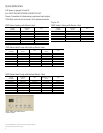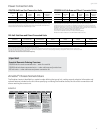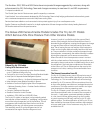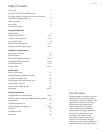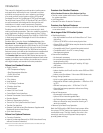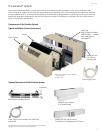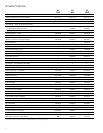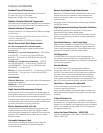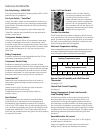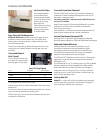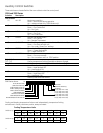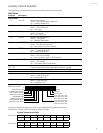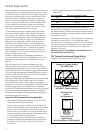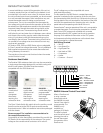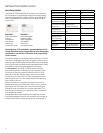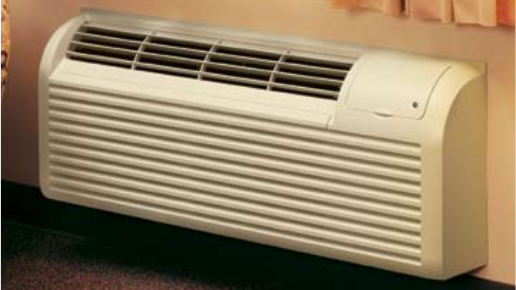
4
The Zoneline
®
2900, 3900 and 5800 Series have incorporated changes suggested by customers, along with
enhancements by GE’s Technology Team and changes necessary to meet new UL and NEC requirements.
“L” shaped condenser coil.
The “Partial Open Vent Air” feature was a specific request by a customer.
“Heat Sentinel” is an enhancement developed by GE’s Technology Team to help lodging professionals welcome their guests
with a moderate-temperature room and to help lower cooling costs.
Devices have been added on cord-connected units to protect against injury from unsafe power cords.
See the “Features and Benefits” section for in-depth explanation of these changes and the industry-leading features of
GE Zoneline retained from the previous series.
The Deluxe 2900 Series Zoneline Models Includes The “Dry Air 25” Models
Which Remove 25% More Moisture Than Other Zoneline Models.
Deluxe Dry Air 25 Models
Cooling With Resistance Heat
• Remove 25% More Moisture than other Zoneline Models,
up to 2.7 Additional Gallons Per Day
• Cool and Dry Air in Less Time than Standard Zoneline Models
• Heat Pipe is a Separate Sealed Refrigerant System
— No Mechanical Parts — No Special Maintenance Required
• Helps Maintain Lower Relative Humidity In Rooms
• Maintains Comfort at Slightly Higher Room Temperatures
— Reduces Operating Costs — Provides Comfort Without
Overcooling
• Corrosion Treatment is Standard
• Excellent Choice for Humid Climates
• Available in 7000, 9000 and 12000 BTU Sizes
The Dry Air 25 system, a heat pipe, is a hermetically sealed
heat transfer surface installed in a “saddlebag” configuration
around the indoor (evaporator) coil of the Zoneline. This coil
arrangement will transfer heat from the front coil of the
saddlebag to the rear coil without power consumption.
This assembly uses R-22 as the refrigerant and is not
connected to the regular Zoneline refrigerant circuit.
As warm, humid air is pulled through the pre-cool (front)
section of the heat pipe, the heat removed from the air is
absorbed by the refrigerant, causing the refrigerant to change
to a gas and flow to the re-heat (rear) section of the heat
pipe. The air leaving the pre-cool section of the heat pipe is
cooler and at a higher relative humidity level than the room
air. The pre-cooled air is further cooled as it passes through
the evaporator; consequently, the relative humidity increases
allowing the evaporator coil to remove more moisture.
When the cold air from the evaporator comes in contact
with the re-heat section of the heat pipe, the heat that was
removed by the pre-cool section is added back to the air and
the refrigerant in the heat pipe condenses and flows back
to the indoor coil. The air discharged into the room by this
process is much drier, creating a more comfortable room
condition.
The Newest Innovation from GE
The Dry Air 25 Models center around GE’s exclusive use of
the patented Dinh
®
Dehumidifier Heat Pipe from Heat Pipe
Technology, Inc. This innovative NASA spin-off technology
enables Dry Air 25 to remove 25% more moisture from the
air than other leading manufacturers’ packaged terminal air
conditioners. This helps maintain room comfort at a higher
room temperature, reducing operating costs.
The Dry Air 25 keeps a room cool and dry, and this is the
most important benefit when it comes to the occupant of
the room — hotel guests, apartment residents, students.
In a hot, humid climate, getting away from the humidity
is just as important as the heat, and the Dry Air 25 is the
perfect solution. The dehumidification of the Dry Air 25 has
been verified by the same ARI test conditions that standard
units are rated under. A list of customers using Dry Air 25 is
available from GE.



